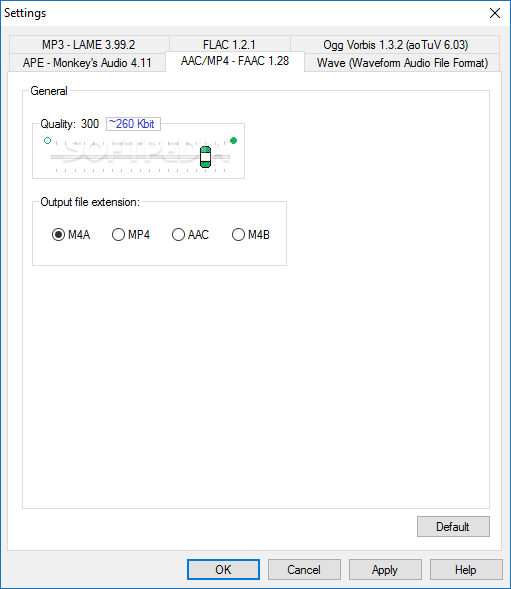

Normally, you want a low attack time and a larger release time. Attack/Release times: Experiment with those. Audio normalization is a process that increases and decreases the volume of your audio clips, so that the peaks of those clips are set to a certain level.Too high values might make the track sound unnatural, though. Ratio: The ratio should be rather high.If you have very silent parts, you should set the threshold so that the compressor is active most of the time Threshold: The threshold is the loudness level at which the compressor kicks in.Here are some guidelines for its settings (depends on the file though, so you should just experiment and see what works best for you): It has a built in compressor which you can use to reduce the dynamic range. I would go ahead and extract the audio signal from the video and then open it in a tool like Audacity. Mp4Gain is user-friendly and easy to use, even for.
#VIDEO SOUND NORMALIZER SOFTWARE#
The software automatically adjusts the volume levels of your music, making them consistent throughout. It is a comprehensive audio normalization software that works with a variety of file formats, including MP3, MP4, AAC, FLAC, and many more. The downside is that sometimes you hear that the chorus parts of a song (those that should sound louder) have less volume than the other parts. Mp4Gain is an excellent alternative to Mp3Gain. This is what radio stations do frequently: They apply heavy compression to their broadcast tracks so they will sound good in loud environments like cars, etc, and also sound good when listened to at lower volume levels. Compression means that the dynamic range of the signal will be reduced, so that loud parts and silent parts are "closer" to each other and the difference will not be so obvious anymore. Volume Normalizer Master is an intuitive application, designed to help you modify the volume of various types of video and.

What you need to do is compress the audio signal. So that's true, "simple normalization" doesn't do the job here.

That means the loudness difference between silent and loud parts will still be the same as before and therefore audible. Normalizing: use a Numpy array of per-sample integers, find the max then multiply the array to amplify/attenuate volume. After some Googling the normal solution is enabling the loudness equalization option in sound properties under the. Often when each guest talks their volume levels are all over the place - one can be super loud, one is ok, one is super quiet. I often watch podcast videos with multiple guests. If you say that the video track has different volume levels, normalization will maximize the general amplitude of all parts at the same time, so that the loudest part (the peak) goes to 0dB or less, depending on the implementation. Zoom into your timeline, find the audio track and mark your keyframe for where you want the volume to fade lower, and again for where you want it to get louder. Demultiplexing the audio stream out of the AV container and decompressing it: youll want a wrapper for the ffmpeg library. Looking for a real-time audio normalizer. Only problem was the audio of many files would get cut off about midway through the movies.Normalization is not what you're trying to achieve.
#VIDEO SOUND NORMALIZER MOVIE#
I found a small program called MP4gain that I thought would be perfect because it could normalize the audio of a 90min mp4 movie file and save it in about 1 min and the bonus was it could do files in batch. I have a collection of mp4 movie files and a lot of them have audio that is too high in some places and low in others.
#VIDEO SOUND NORMALIZER FULL#
It is also a full featured video converter with more control than Handbrake or Danuisoft or AvS, etc. For anyone else that might be interested in a program that will batch normalize and raise or lower peak volume in any video file without the need to re-encode the video portion, Xmedia Recode is what I have been searching for for over 4 months and it is clean freeware.


 0 kommentar(er)
0 kommentar(er)
